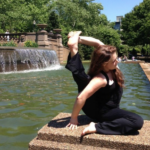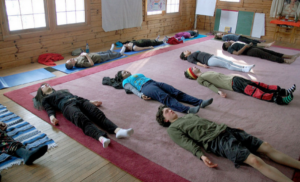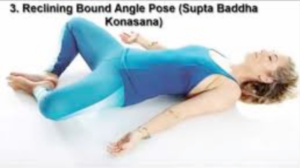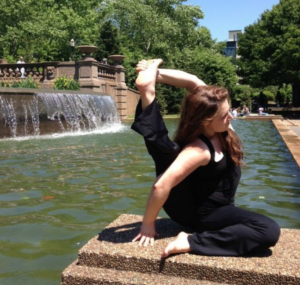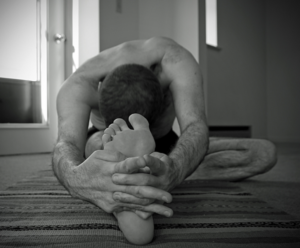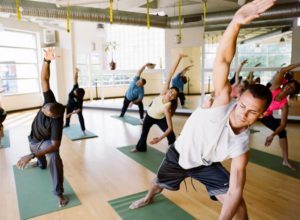Ujjayi pranayama, the “victorious breath,” is an essential component of vinyasa yoga. You may know it by its distinctive ocean-like sound. Here are some tips on how to achieve the ujjayi breath:
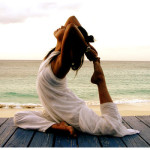
- First, to get a sense of the constriction that must occur in the back of your throat to achieve the ocean-sounded breath, hold your hand up in front of your mouth and blow on your palm as if you’re trying to fog a mirror. Now try this concept, but with the mouth closed.
- The ujjayi breath uses the nostrils only; the mouth is not opened during ujjayi pranayama.
- The constriction that creates the ocean sound should be in place during the in-breath, and the out-breath.
- The flow of your breath should be even; the length of your inhale should, ideally, match your exhale.
- On your inhale, think of filling your lungs from the bottom to the top, and then emptying them fully on the exhale.
- Don’t strain! A loud-sounding breath is not necessarily a more successful ujjayi breath. There should still be ease behind your breathing. Particularly labored breathing is counter-productive.
Breathing in this way facilitates expansion of energy and deeper meditation. It also helps activate the diaphragm, which is crucial for deep-breathing. You can learn more about ujjayi pranayama and other yogic breathing strategies in Refining the Breath, Pranayama: The Art of the Awakened Breath, by Doug Keller (2009).
Reading about yoga is a great way to learn more about the practice, but taking a class is a great way to explore the practice “in-action” under the tutelage of a trained yoga instructor; check out MINT’s yoga offerings, here.
